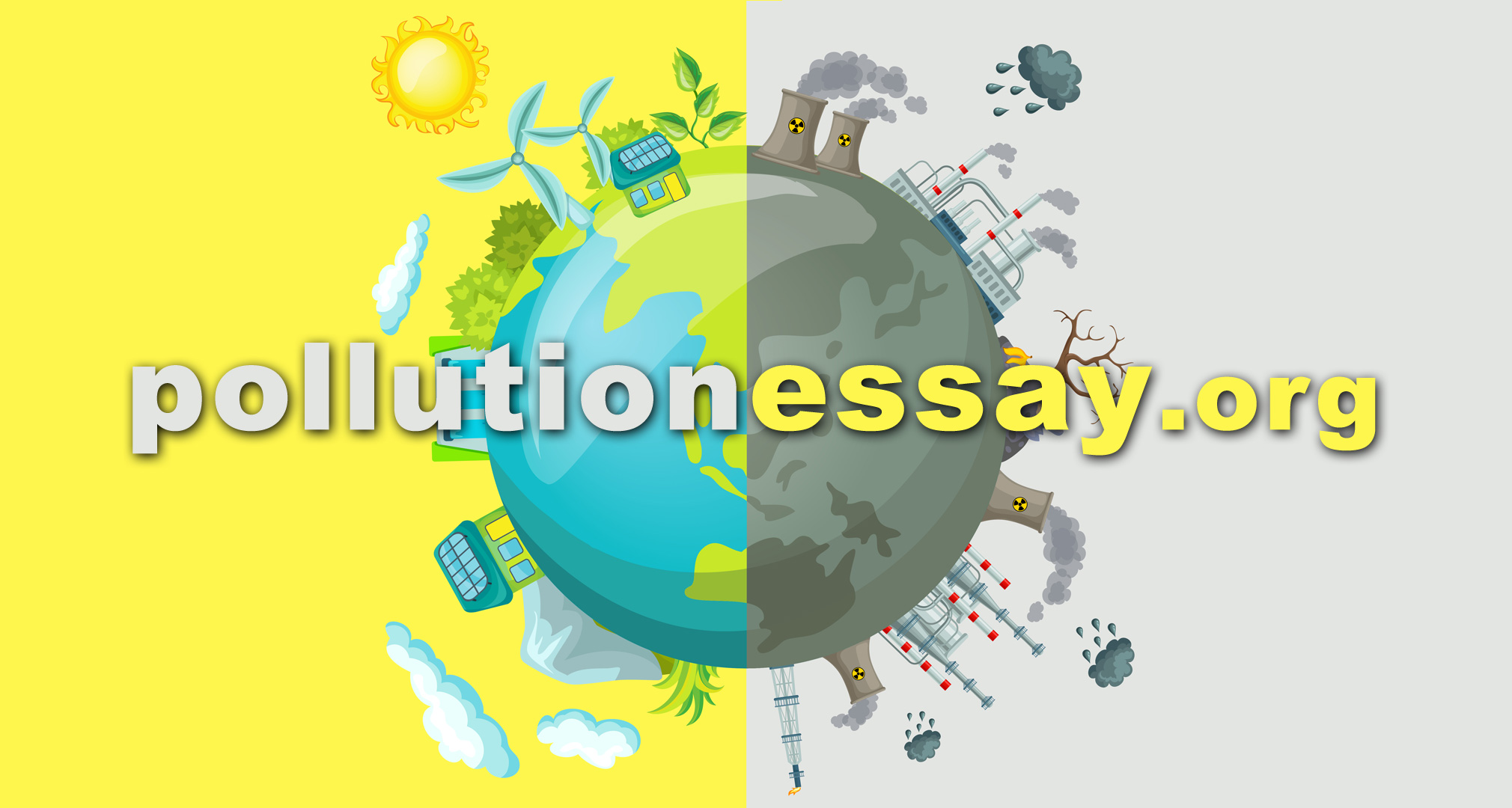What Is Pollution?
Pollution is the introduction of harmful materials into the environment. These pollutants can damage the quality of the air, water, and land and can have lasting effects on the environment. There are a lot of things that can produce pollution. Some of them are natural, like volcanic ash, but more often than not, they are created by human activity. What can be difficult is that plenty of things that are useful for humans are the very things that produce the most pollution. However, all living things depend on Earth's supply of clean natural resources, and there's much more to lose when the environment is in poor condition.
Pollution Causes
Pollution comes from many places, but the most prominent sources are human-made. Gas-powered cars and burning coal create air pollution. Garbage from homes and businesses can create land and water pollution, and chemical poisons like pesticides can seep into waterways and pollute the water.
Pollution may not seem like a big deal at first because the effects you see around you can be small; one might assume that the garbage only affects your local landfill, pesticides only affect your lawn, and the exhaust from one vehicle isn't that much. In a way, that's true: Urban areas where there is a larger population density are usually far more polluted than countrysides and remote locations. However, it's also misguided for two reasons. The first is that one household may not have a big effect, but there are many households in a community, county, state, or country, and when people in all of these households contribute to pollution, it adds up. But beyond that, pollution can also affect other places: The wind, ocean currents, and animals can help to carry pollutants far from their source, meaning that the damage you do in your own yard could cause negative effects many miles away. In fact, pesticides have even been found in the Antarctic!
Water pollution is a particularly large problem. In fact, garbage and microplastics have found their way into the Pacific Ocean in large amounts, creating the Great Pacific Garbage Patch. There are actually two patches, one between Hawaii and Japan called the Western Garbage Patch and one between Hawaii and California called the Eastern Garbage Patch. Both patches are linked together by a Subtropical Convergence Zone, where warm water from the Pacific Ocean connects to the cooler water in the Arctic Ocean has essentially created a highway that moves debris between the two patches. While it's true that water can break some materials down over time, most of the debris in the two garbage patches is not biodegradable, so it only breaks into smaller pieces. This means that the garbage patch likely won't get smaller without human intervention. And to make things worse, the sea floor beneath it is likely also a heap of trash because most marine debris sinks to the bottom of the ocean.
Pollution Facts
Here are some facts you might not have known about how much pollution affects our world:
- Scientists estimate that by the year 2050, there will be more plastic in the ocean than fish.
- Pollution affects more than 100 million people and is one of the biggest killers in the world.
- More than 1 million birds and 100,000 sea mammals are killed each year by pollutants.
- Almost half of the lakes in America can't be used for fishing or swimming because they are too polluted.
- Fish can't tell the difference between plastic and food and will often try to eat plastic if they see it in front of them. But since plastic doesn't biodegrade, it sits in their stomachs and starves them.
- China and Indonesia combined account for a third of total ocean pollution.
- The United States uses 25% of the world's resources, which creates a large amount of air pollution.
- Recycling helps! In 2010, it prevented more than 85 million tons of materials from being disposed of in landfills, which is 18 million more tons than in 1980, and it's only getting better.
- Corporations are the largest contributors to pollution, but every little bit helps! If you and your family make a plan to use less pollutants and recycle, you can help lessen the amount of pollutants in the world.
